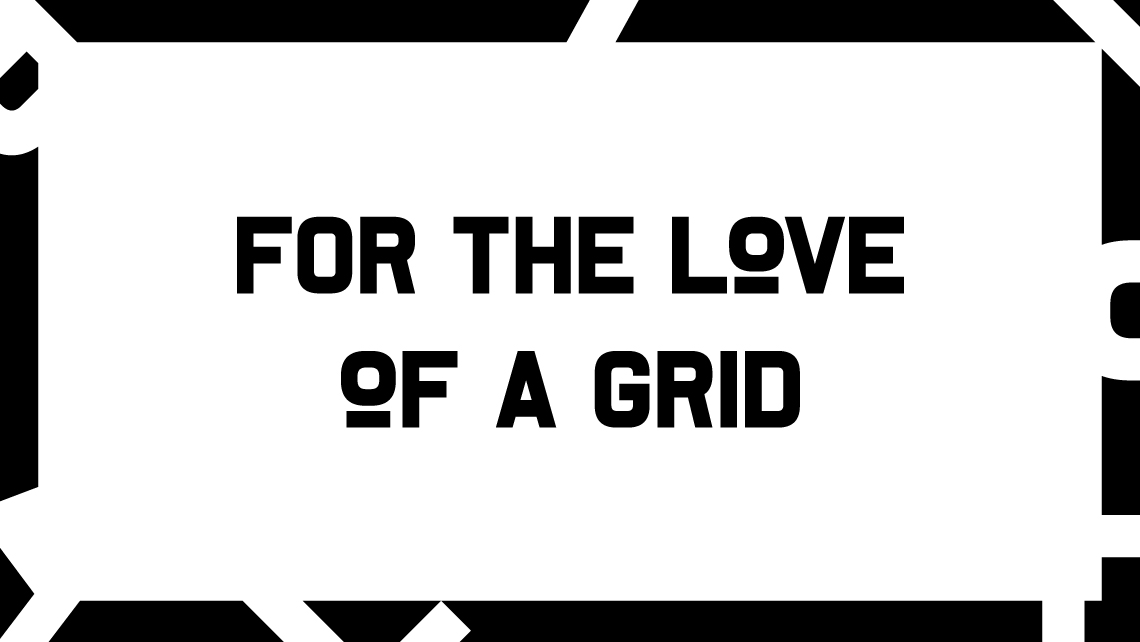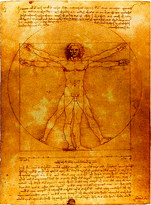Blog posts
For the love of a grid
After taking a stand for Black Lives Matter in our article in July, not without breaking some eggs, Alidor & Associés after so many emotions, now explore for you the notion of graphic grid so dear to design professionals.
This graphic grid is the ultimate benchmark for precision work for high efficiency layout jobs.

Golden number
“Divine proportion” is a subject which has driven scientists mad since the dawn of time. Represented by the Greek letter Φ, "Phi" is involved in the natural conception of many living beings, flora and fauna combined. From the simple flower to the waves to the soul of the ocean, including the snowflake, these cut out, fragmentary shapes reveal similar patterns on increasingly fine scales of observations. Moreover, it seems that the famous apple, is directly inspired by the Fibonacci sequence and the golden ratio that makes it timelessly modern without a name.

It is also found in the construction of complex buildings like the 10,000-year-old temple of Andros, found in the Bahamian Sea and recognized as the first human manifestation of the Golden Ratio. Moreover, the famous Kheops Pyramids in Egypt, they too have dimensions which highlight the importance of these divine proportions for the architect 2800 BC.
Obviously, the artist-painter Leonardo Da Vinci, fascinated by the human body and geometry, took up in 1490 the ideas of Marcus Vitruvius Pollio, Roman architect-engineer, about the ideal proportions of the human body. He then draws the famous drawing of the Vitruvian Man, which is inscribed in a circle and a square, in a geometric whole and in perfect symmetry.

Desecration of the grid
It was between 1946 and 1975 that the advent of numerous post-war technological inventions accompanied by the glorious 30s sparked a race for industrialization from west to east. Art then takes to the streets to deconstruct itself and at the same time review the idea of the perfect grid. The artists of Secession art, the Futurism, the Dada art, the Constructivism, the Bauhaus, or again the Swiss Style contributed strongly to it thanks to unstructured art and creativity never before seen.
The 2.0 grid
With the new media that are social networks, it is the revolution of the graphic grid. Putting aside the rigid, framed aspect of the grid, the new graphic design has been playing around with frames for over 20 years. Sometimes we discover the work of thousands of graphic designers from all walks of life who build their own grid made of intersecting circles, horizontal and vertical lines guided by filigree diagonals.
This spawns a generation of generic, hyper-graphic logos of extreme quality. Coupled with increased productivity, the 2.0 logo visible and for sale on social networks is inspired by a flawless recipe that has proven itself.
We can logically ask ourselves then what will be the graphic grid of tomorrow ?
In view of the various technological advances visible for more than ten years around the world, logically we can think that the simulated grids in 3D of the large industrialists which make it possible to study the aerodynamics of trains with magnetic suspension, for example, can one day be democratized and adapt through DTP software such as Photoshop or Illustrator accessible and open to all and simplified as much as possible.